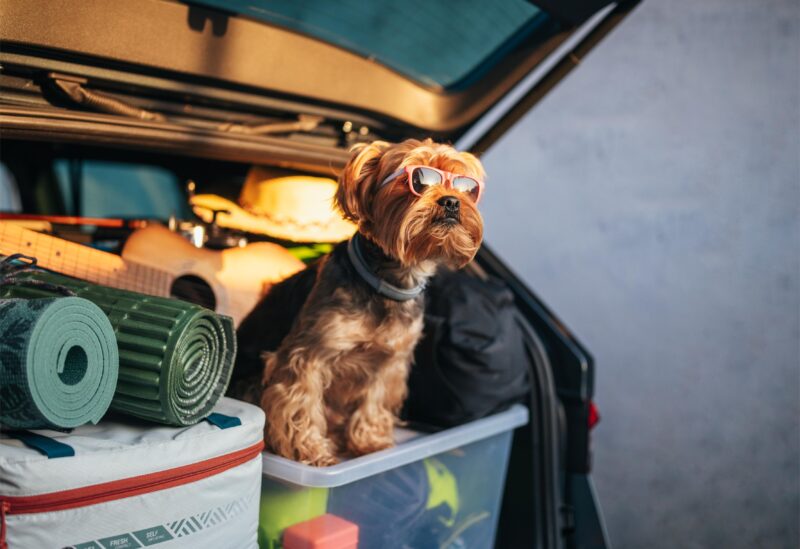
At Brownswitch Pet Hospital, we see firsthand the special connection between pets and their owners—a bond that demands exceptional care when facing Louisiana’s often harsh storm seasons. In this blog post, we’re offering strategies to keep your beloved animals safe when nature is at its most unpredictable.
Assembling Your Pet Emergency Essentials Kit
Having a well-stocked first-aid kit is essential. For pet parents, the choice between purchasing a pre-made kit or creating a customized one comes down to personal preference and their pet’s needs.
A pre-made first-aid kit is convenient and efficient, often containing the basic necessities for addressing minor injuries or stabilizing your pet until you can get professional care. These kits typically include items such as gauze, bandages, antiseptic wipes, and tweezers—essential components for tending to cuts or scrapes that can occur during a storm’s upheaval.
However, if you prefer a do-it-yourself approach, assembling your own first-aid kit allows you to handpick each item and ensure every aspect of your pet’s health and comfort is considered. Start with the basics found in pre-made kits, and then add items such as:
- A supply of any medication your pet requires.
- A pet thermometer to check for fever.
- A pet-specific saline solution for cleaning wounds or eyes.
- An emergency blanket for warmth or shock prevention.
Pairing these medical essentials with comfort items, such as your cat’s favorite feather wand or your dog’s cherished squeaky toy, can provide the emotional support they need in a high-stress situation. And don’t forget the practicalities. Stock your kit with a spare leash, a portable water bowl, and a copy of your pet’s medical records.
Once your first-aid kit is assembled, maintain it diligently. Check the contents every few months, restock any used or low supplies, and replace anything near or past its expiration date. Store it in an easily accessible location and ensure all family members know where it is.
Disaster Response Planning for Pets
Emergency response begins with a plan. Create a disaster response plan for your pets, detailing everything from evacuation routes to identifying pet-friendly storm shelters. Know where you can take your pet or where they can stay if evacuation isn’t an option.
Establish a support network with neighbors, friends, or family who can help if you’re not home when disaster strikes. Displaying a pet rescue sticker near your home’s front door can alert first responders that pets are inside.
Storm Preparedness for Animals: Understanding Their Needs
Your pets can sense a storm coming long before you do, and their anxiety can manifest in various ways. Creating a safe space for them, practicing calming techniques, and maintaining a semblance of routine can significantly reduce their stress levels.
Pet Safety During Emergencies: Staying Informed
It’s not enough to have a plan—you have to be aware of the evolving situation. Keep a battery-powered radio or a charged smartphone handy to receive weather updates. Register for local alerts and know the difference between a storm watch and a warning. In these situations, knowledge truly is power.
Evacuating with Pets: Tips for a Smooth Transition
If evacuation is necessary, having a clear and practiced plan is imperative. Keep a list of essentials you can grab quickly: carriers, leashes, and your emergency pet provisions kit. Make sure your pets are microchipped and have up-to-date ID tags for identification should you be separated.
Locating Pet-Friendly Storm Shelters
Research pet-friendly storm shelters ahead of time. Not all shelters accommodate pets, so knowing which locations welcome your four-legged family members is essential. Keep a list of these shelters, along with their policies and requirements, as part of your emergency planning.
If you have any questions, we encourage you to contact us. Your pets count on you, and you can count on the team at Brownswitch Pet Hospital.
